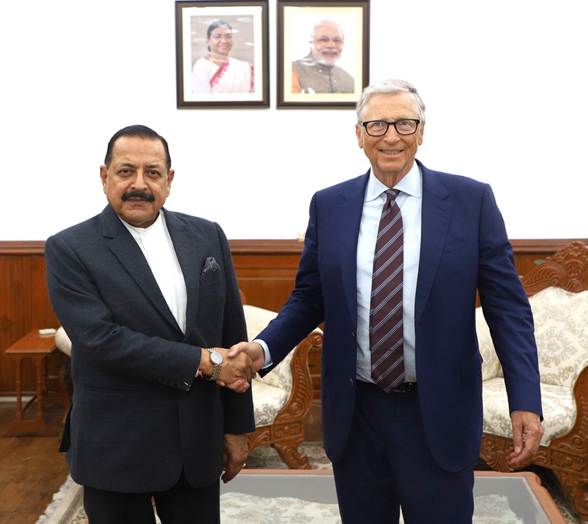Ensuring Safe and Smooth Travel on the Dwarka Expressway NHAI’s Measures for Commuter Safety

Ensuring Safe and Smooth Travel on the Dwarka Expressway NHAI’s Measures for Commuter Safety. The Dwarka Expressway, a vital infrastructure project, has been inaugurated to facilitate smoother transportation for commuters. To ensure the safety of travellers and maintain traffic discipline, the National Highways Authority of India (NHAI) has implemented several measures and deployed various resources along the expressway.
Ensuring Safe and Smooth Travel on the Dwarka Expressway NHAI’s Measures for Commuter Safety
Marshals and Road Signages:
NHAI has stationed marshals strategically at major junctions and entry/exit points along the Dwarka Expressway. These marshals are equipped to guide commuters and provide directions, ensuring a hassle-free journey. Additionally, NHAI has installed extra road signages to enhance the convenience of travellers, making it easier to navigate the expressway.
Prohibition of Slow-moving Vehicles:
Recognizing the potential risks posed by the coexistence of high-speed and slow-moving vehicles, NHAI has enforced a prohibition on certain vehicles.NHAI actively restricts two/three-wheelers and non-motorized vehicles from using the main corridor. Instead, designated service lanes on either side of the expressway have been provided for their safe passage.
Utilization of CCTV Surveillance:
Leveraging technological advancements, NHAI has installed advanced CCTV cameras along the Dwarka Expressway. These cameras serve multiple purposes, including monitoring traffic violations and enhancing overall road safety. With real-time surveillance, authorities can promptly address any incidents and maintain order on the expressway.
Incident Management Systems:
NHAI has implemented robust incident management systems to swiftly respond to emergencies or accidents on the Dwarka Expressway. This includes establishing dedicated emergency response teams and coordinating with local law enforcement agencies to ensure timely assistance to commuters in distress.
Community Engagement and Awareness:
In addition to these infrastructural measures, NHAI emphasizes community engagement and awareness initiatives. Educational campaigns and outreach programs actively educate commuters about the importance of responsible driving and adherence to traffic regulations. By fostering a culture of safety and compliance, NHAI aims to create a conducive environment for all travellers on the expressway.
Conclusion:
The Dwarka Expressway stands as a testament to India’s commitment to modernising its transportation infrastructure. NHAI’s proactive approach towards ensuring safety and efficiency on this vital corridor is commendable. By deploying marshals, leveraging technology, and promoting awareness, NHAI endeavours to facilitate a seamless and secure travel experience for all commuters. As travellers, it is imperative to cooperate with these measures and drive responsibly to maintain the integrity of this essential roadway. Together, we can make the Dwarka Expressway a model of safe and smooth transportation for generations to come





